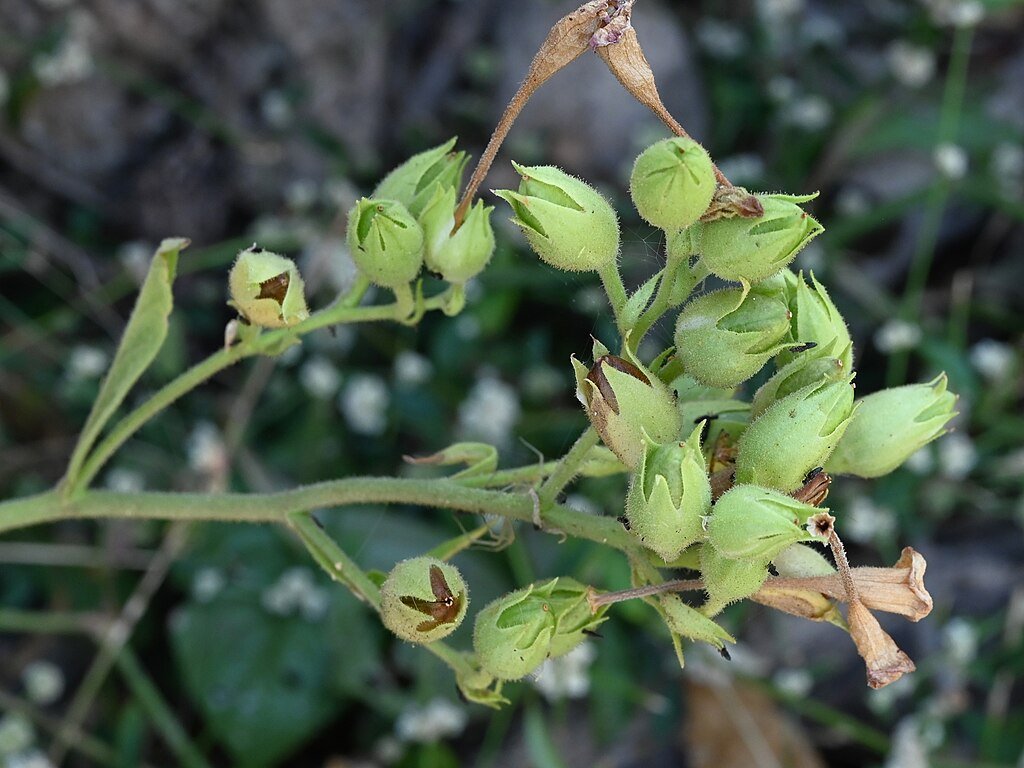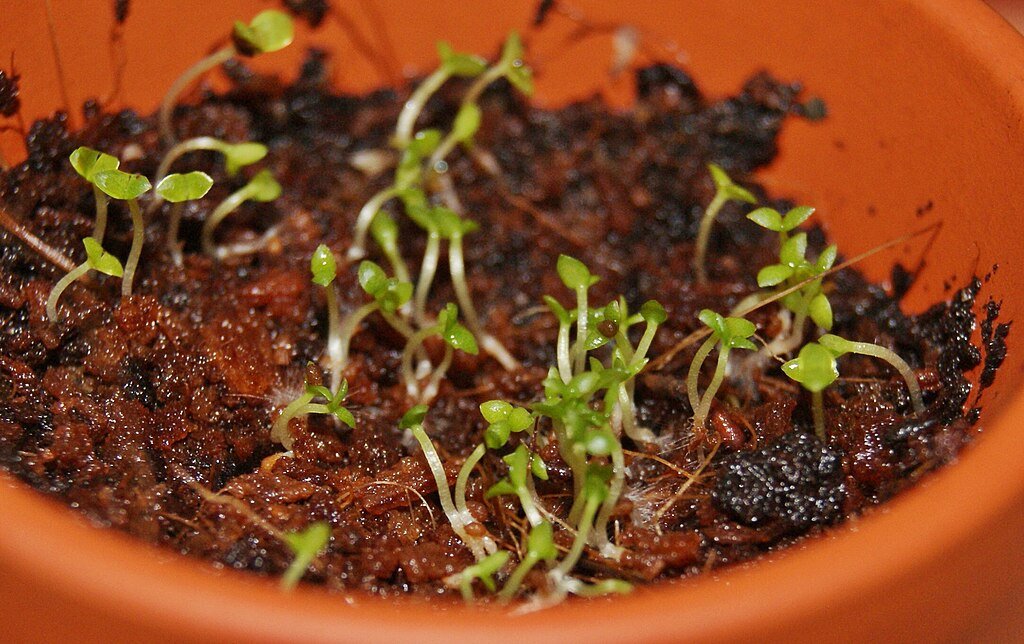For thousands of years, the Andes were a hotbed of spiritual creativity, where people found communion with the god in the very fabric of nature. At the center of this divine connection was Chavín de Huántar, a vast ceremonial site in Peru that flourished 1200–400 BCE, in labyrinthine galleries of stone and monolithic giants, priests and pilgrims performed rituals that dissolve the distinctions between the mundane and the divine rituals now thought to have been enhanced by psychoactive plants.
Recent archaeological discoveries have finally established what iconography long implied: the inhabitants of Chavín used potent hallucinogens as part of their religious rituals. Chemical and macrobotanical analysis of early snuffing tubes and ritual paraphernalia show evidence of vilca (Anadenanthera colubrina) and wild tobacco (Nicotiana spp.), drugs capable of producing deep vision states. This revelation not only recasts our knowledge of early Andean spirituality but also poses a fascinating question: Did these sacred drugs contribute to the development of the earliest empires of the Andes?
A Temple Built for Transcendence

Chavín de Huántar was not your average settlement. Set in the highlands at 3,180 meters (10,430 feet) altitude, its monumental plazas, sunken courtyards, and underground galleries were meant to confuse and amaze. The most mysterious aspect of the site, the Circular Plaza, was probably a platform for public ceremonies but the true mysteries were revealed beneath the surface.
Deep in the temple galleries, priests might have consumed psychoactive snuffs, descending into trances to communicate with gods represented in Chavín’s celebrated stone sculpture. The legendary Lanzón Monolith, a granite colossus shaman-god with serpent locks and cat teeth, appears to personify this crossing of realms. Might the visions induced by the plants of Chavín’s ruling classes have influenced the religious-political hierarchy of an entire civilization?
The Sacred Pharmacopoeia of the Andes

The recently researched artifacts spoons, mortars, and sniffing tubes have traces of bufotenine and DMT, powerful psychedelics in vilca seeds. The chemicals are extremely powerful when powdered and smoked, producing hours-long otherworldly visions. Just as fascinating is the trace of nicotine from indigenous tobacco plants, which might have been used to enhance or extend the hallucinogenic experiences.
This 1st-millennium BCE drug kit aligns with archaeological finds across South America, from Argentina to Colombia, where similar paraphernalia has been uncovered. Yet Chavín’s discovery is groundbreaking, it’s the northernmost and oldest direct evidence of vilca use in the Andes, pushing back the timeline of ritual psychedelia by centuries.
Shamans or Priests? The Evolution of Andean Ritual
The employment of psychoactives was not solely a matter of individual transcendence, it was a means of social control. The earliest Andean shamans probably practiced independently, inducing trances to heal or divine. But by the height of Chavín, these activities had become institutionalized, controlled by a priestly elite.
The sanctum’s limited corridors, open only to initiates, indicate that hallucinogenic rituals were reserved, affirming hierarchy. Members of the ruling elite, who governed the visions, might also have controlled the story, sanctioning their rule by asserting special access to the god.
From Ritual to Empire: Did Drugs Build the Andes?
Chavín’s power extended far outside the walls of its stone buildings. Its artistic symbols, religious motifs, and perhaps even ritual behaviors disseminated across the Andes, providing the foundation for later societies such as the Moche and Inca. Might the common use of sacred plants have been the binding force of early Andean cultures?
Certain theorists propose that communal psychedelic rituals promoted social bonding, making mass cooperation possible. Others propose that the elite manipulation of these rituals played a role in centralizing authority. Either scenario, however, confirms that mind-altering substances were not merely spiritual tools, they were political tools.
The Modern Echoes of Ancient Tripping

Andean shamans to this day employ vilca and San Pedro cactus (another Chavín-associated hallucinogen) in healing rituals. Their lasting impact attests to their profound cultural origins. At the same time, Western science is beginning to rediscover their possibilities. Psychedelic research is exploding, with research into DMT and psilocybin for depression, PTSD, and addiction.
In a twist of history, the “divine messengers” of the ancient Andes may soon re-enter mainstream medicine just as they once guided the spiritual architects of Chavín.
Conclusion: A Civilization High on the Divine
The revelations of Chavín de Huántar compel us to rethink the place of psychoactive plants throughout human history. Anything but simple intoxicants, they were sacred technologies, powering religion, politics, and social organization. As more evidence comes to light, one thing is sure: The first great civilization of the Andes didn’t simply worship nature; they used its energy to reach the gods themselves.
Might the secrets of Chavín’s sacred botany have something to teach us in our own quest for significance? The response, it would appear, is inscribed in the dust of the ancient sniffing tubes and the hallucinations they once released.
Sources:

Jan loves Wildlife and Animals and is one of the founders of Animals Around The Globe. He holds an MSc in Finance & Economics and is a passionate PADI Open Water Diver. His favorite animals are Mountain Gorillas, Tigers, and Great White Sharks. He lived in South Africa, Germany, the USA, Ireland, Italy, China, and Australia. Before AATG, Jan worked for Google, Axel Springer, BMW and others.




